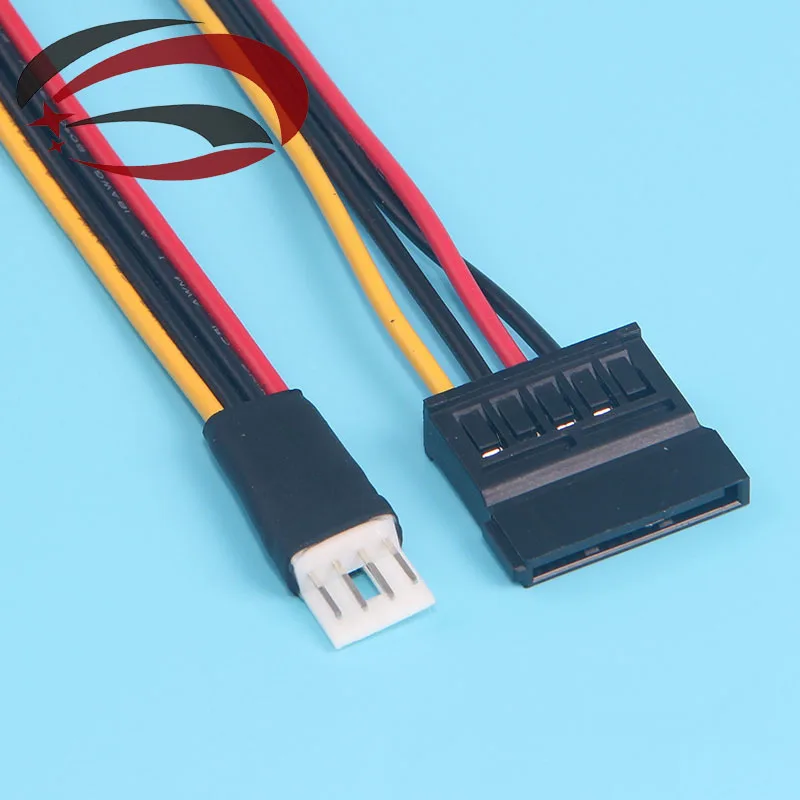I’ve seen an S3 option in Smokeless_UMAF, so maybe you can enable real suspend, but I haven’t tried on my Framework 13 AMD.
- 0 Posts
- 197 Comments
It seems like it’s fixed now, but if possible use one of the mirrors, so everyone’s not hitting that one server all that hard, it’s usually faster too.
Or even better, use the torrent.

 2·1 month ago
2·1 month agoYes, but it doesn’t look like
KPROBES_ON_FTRACEis supported on arm64. I did find this patch though which implements it: https://patchwork.kernel.org/project/linux-arm-kernel/patch/20191218140622.57bbaca5@xhacker.debian/If you don’t know how to apply a patch, you can either paste the link into
b4, or download the mbox and apply it withgit am.

 4·1 month ago
4·1 month agoAhh okay, that description kinda sounds like floppy drive power, but it probably is a proprietary thing.


 2·1 month ago
2·1 month agoCould also be slimline sata.


 16·2 months ago
16·2 months agoI couldn’t find a hard answer to whether this supports EPYC only, or Ryzen too; so I put together this script to read the CPUID to detect for
INVLPGBsupport according to the AMD64 Programmer’s Manual, and my 7800X3D does not supportINVLPGB.(Let me know if I’ve made an error though!)
Code
#include <stdio.h> #include <stdint.h> int main() { uint32_t eax, ebx, ecx, edx; eax = 0x80000008; __asm__ __volatile__ ( "cpuid" : "=a" (eax), "=b" (ebx), "=c" (ecx), "=d" (edx) : "a" (eax) ); printf("EBX: 0x%x\n", ebx); if (ebx & (1 << 3)) { printf("CPU supports INVLPGB\n"); } else { printf("CPU does not support INVLPGB\n"); } return 0; }

 10·2 months ago
10·2 months agoThat’s
INVLPGwhich has been there since the 486. The AMD64 Programmer’s Manual has some info on the differences betweenINVLPG,INVLPGA, andINVLPGBthough.

 8·2 months ago
8·2 months agoIt’s part of GNU Gzip, and zcat is basically just a shell script that runs
exec gzip -cd "$@"meaning you can actually just docat /usr/bin/zcatto get the source.

 2·2 months ago
2·2 months agoThe options that start with
HAVE_usually depend on the arch or compiler. I don’t believe it’s possible to enable manually without modifying the source itself.

 3·2 months ago
3·2 months agofirmware drivers
This sounds like you’re talking about firmware blobs that the kernel drivers load, which are usually in a package called
linux-firmware. It should be updated automatically, but I’ll check in the morning with Fedora Silverblue.Otherwise if you’re talking about device firmware, than that’s all
fwupd,rpm-ostreehas nothing to do with that.
Idk about the UK, but in Australia if you’re only sending a small amount of data, some carriers offer IoT plans starting at ~$1/month. So maybe some carriers do the same in the UK?
If you’re wondering what this is:
- Add a power quirk for Framework systems
It’s to do with the fact that Framework laptops report themselves as discharging when they’re actually fully charged, and BIOS updates aren’t allowed when discharging.
But to answer your question, I’ve been using it with my Framework 13 AMD, and haven’t had any issues. Fwupd is officially supported by Framework themselves, and is mentioned on the BIOS upgrade guides.

 9·2 months ago
9·2 months agoPretty useless unless you use KDE, but I really like KDE’s widgets.
Not to defend them, but he did follow up with this:
This is referring to the technology we just released into BETA for premium subscribers, which delivers one of the lowest latencies for livestreaming (significantly better than YouTube’s latency).
This does not refer to encoding
https://xcancel.com/chrispavlovski/status/1856090182275215803
Although quality != latency, so idk.

 19·3 months ago
19·3 months agoTCP and UDP can listen on the same port, DNS is a great example of such. You’d generally need it to be part of the same process as ports are generally bound to the same process
They don’t even need to be the same process. I’m pretty sure that’s just a common practice if something needs both protocols, but there’s nothing stopping you from having a web server on TCP 443 and a VPN server on UDP 443. Ports are an abstraction brought by each protocol, they aren’t in anyway related.

 71·3 months ago
71·3 months agoProbably because there’s also permission to use the X11 socket.
I think you’d have to modify the edid, since you’re setting a custom refresh rate, not a hidden one.
I’ve use wxEDID to force enable VRR before.
Well, aren’t you glad they’re removing
go-gitthen!

 6·4 months ago
6·4 months agoI’ve heard of it, but I didn’t think it was financially viable for an individual to pay for though.

I’ve never tried it, but there’s Waypipe.